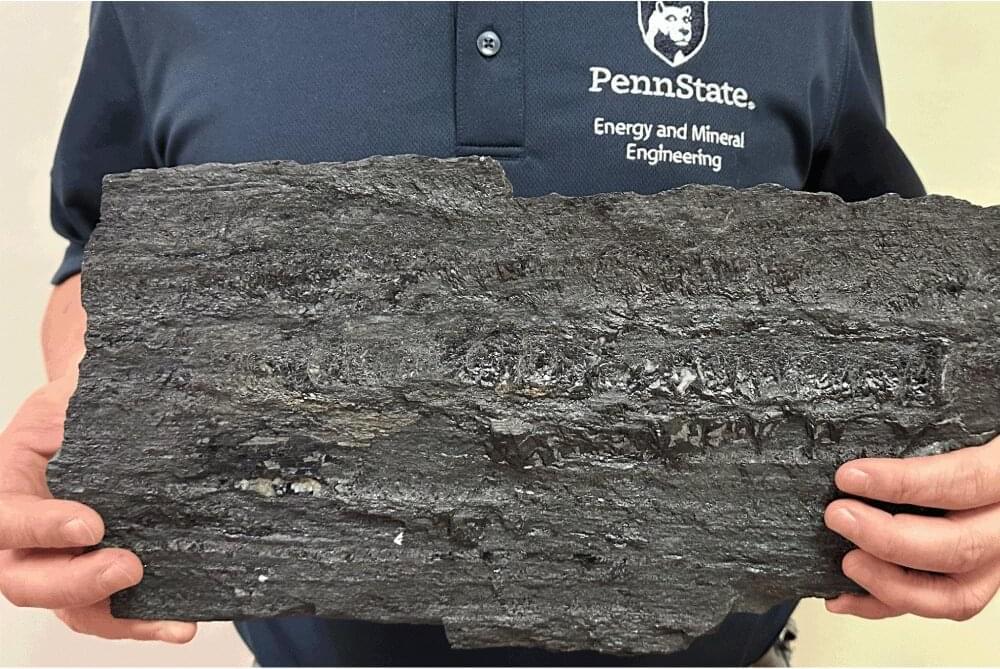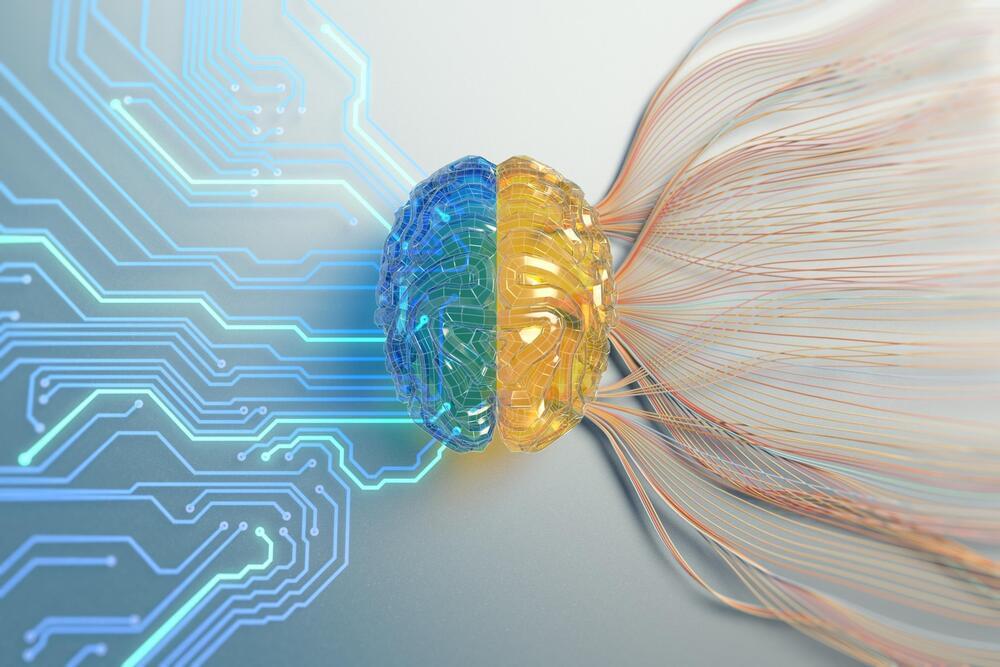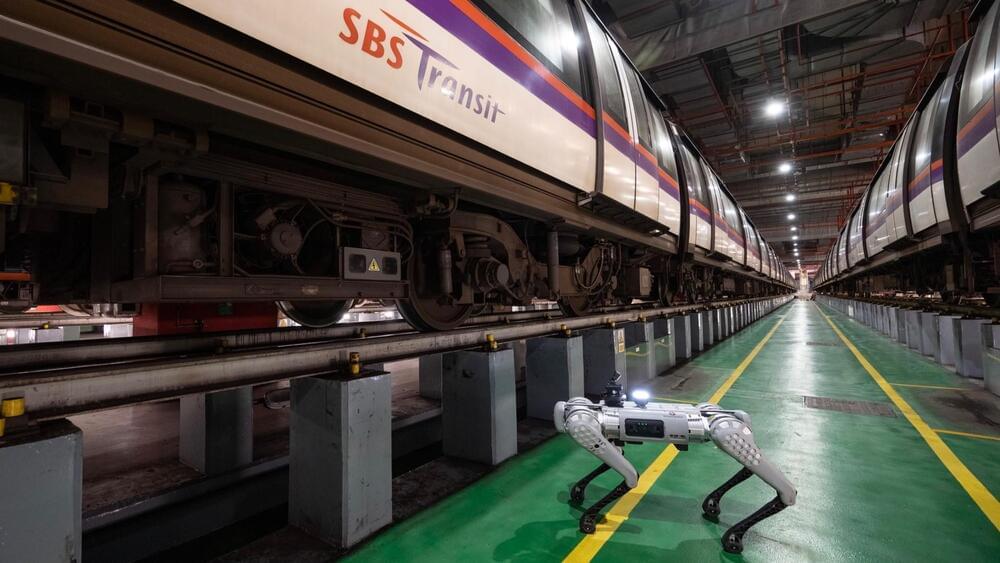Their aim is to develop a car that can go months without needing to be plugged in, massively boosting the sustainability of the vehicle and the freedom of its owner.
Category: transportation – Page 173


Storing hydrogen in coal may help power clean energy economy
The quest to develop hydrogen as a clean energy source that could curb our dependence on fossil fuels may lead to an unexpected place—coal. A team of Penn State scientists found that coal may represent a potential way to store hydrogen gas, much like batteries store energy for future use, addressing a major hurdle in developing a clean energy supply chain.
“We found that coal can be this geological hydrogen battery,” said Shimin Liu, associate professor of energy and mineral engineering at Penn State. “You could inject and store the hydrogen energy and have it there when you need to use it.”
Hydrogen is a clean burning fuel and shows promise for use in the most energy intensive sectors of our economy—transportation, electricity generation and manufacturing. But much work remains to build a hydrogen infrastructure and make it an affordable and reliable energy source, the scientists said.

How generative AI can revolutionize customization and user empowerment
Join top executives in San Francisco on July 11–12, to hear how leaders are integrating and optimizing AI investments for success. Learn More
Last year generative artificial intelligence (AI) took the world by storm as advancements populated news and social media. Investors were swarming the space as many recognized its potential across industries. According to IDC, there is already a 26.9% increase in global AI spending compared to 2022. And this number is forecast to exceed $300 billion in 2026.
It’s also caused a shift in how people view AI. Before, people thought of artificial intelligence as an academic, high-tech pursuit. It used to be that the most talked-about example of AI was autonomous vehicles. But even with all the buzz, it had yet to be a widely available and applied form of consumer-grade AI.

Radical new “Flying-V” plane aims to transform flight
The Flying-V airplane doesn’t look like anything you’ll find at today’s airports, but it could be the future of aviation.
Could analog chips be the solution to AI’s power thirst?
Digital chips have revolutionized the world beyond all recognition. Yet, despite their enormous advantages to computing, for power-hungry processes like AI, analog might be best.
Digital computer chips are the mainstay of our current digital age.
They are found in almost any device that uses electricity, from fridges to cars and your cell phone. But their predecessor, analog chips, could be about to have a resurgence.
In the past, analog chips governed computing, operating over continuous value ranges.
Visualspace/iStock.
United Airlines plans to bring flying cars to Chicago
United Airlines and California-based startup Archer Aviation have announced plans to use flying cars to ferry passengers between Chicago’s O’Hare International Airport and a “vertiport” just minutes from downtown.
“I’m pleased that Chicago residents will be among the first in the nation to experience this innovative, convenient form of travel,” said Chicago Mayor Lori E. Lightfoot.
The megacity challenge: With 9.6 million residents, Chicago is the third largest metro area in the US, and experts predict the population is going to exceed 10.6 million people by 2050.

The Result Of Unchecked AI: Balancing The Benefits And The Risks
Vinay is the CEO and Founder of Arya.ai, the AI cloud for safe & responsible AI.
From self-driving cars to virtual assistants, AI is driving us to a high-performing ecosystem, creating promising use cases across industries every day. While organizations are generating substantial value with artificial intelligence (AI), the technology has many potential risks. Although its capabilities are expanding daily, so are the regulations, risks and ethical pitfalls around AI. Let’s discuss AI’s potential risks to individuals and society and industries’ preparedness to mitigate them.
Reliability is critical to ensuring the effective and safe deployment of AI models in real-world applications. While AI models are expected to maintain accuracy, their performance can drift over time due to several factors. Failure to monitor and diagnose AI models can lead to inaccurate predictions and high-stakes issues.
